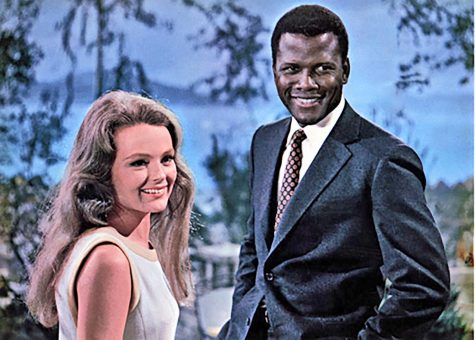Norton discusses new film “Stone”
It’s mid-afternoon at a rural Michigan farmhouse at some indeterminate point in the past. There’s a stillness in the air. An incessant buzzing breaks the quiet. Buzz. A bee hovers near a windowsill. Buzz. A woman stares into the distance. Buzz. She’s pondering the realization that her marriage has gone stale. Buzz.
Soon thereafter, we are transported to a loud, grungy, urban prison where we see two men meet for the first time. At first glance they are visually opposite: one an older gentleman in a suit and tie sitting professionally behind a desk, and the other, a hardened felon with cornrowed hair and a defensive demeanor.
There’s a dissonance between these two environments that persists throughout “Stone,” a new film starring Robert De Niro, a parole officer weeks from retirement, and Edward Norton, a troubled yet cunning inmate desperate to expedite his release from prison.
Determined to capture the authentic atmosphere of prison, director John Curran and Norton spent time in a real Michigan prison before shooting the film. One inmate in particular became the inspiration for Norton’s character, Stone.
“I happened to meet a guy [and] I was so hypnotized by him that I had John come over and meet him,” Norton said in a recent interview with Hilltop Views. “We walked out and John was like, ‘If you could get anything like that, that would be amazing.'”
Norton and Curran also shared the script with many of the inmates for feedback on the dialogue.
“I would say 60 percent of the lines from ‘Stone’ were changed based on the way these guys articulate,” Norton said. “They would go through the script with us, and we would literally say, ‘How would you say that.’ Virtually every line that was in the script has a spin on it from these guys.”
This feedback that Norton and Curran received was very helpful in giving them an insight into the minds of the prisoners.
“The best thing that came from getting to talk to these guys is the sense of how they viewed the process of getting judged by other people,” Norton said.
Combining Stone’s actions in the script with the suggestions from the real prisoners, Norton grounded his depiction of Stone by grasping some of his more prominent character traits.
“His anxiety is really real,” Norton said. “His desperation is really real, and his conviction that he deserves to be listened to and that he deserves to be reconsidered is real.”
But not everything about Stone can be easily understood. The closer Stone gets to his release, the more layers of his personality are revealed. A spiritual awakening, whether real or imagined, transforms him into a very different human being than the one seen chatting with De Niro’s character, Jack, in the opening scene.
The film itself is not dissimilar.
“John leaves you with all these hovering questions about spiritual life and how revelation comes to you and how epiphany comes to you and whether things can coexist,” Norton said. “I’ve come to recognize that a common quality in many directors that I’ve worked with and whose films I’ve liked as a fan is the ones who leave some real ambiguity.”
Norton believes that ambiguity can create a more personal connection with the viewers.
“To me, with a film like this, if you’ve done it well, what people end up doing is projecting a lot of themselves into the film and their own issues and their own things, and at that point you’re starting to achieve something really interesting,” Norton said.





